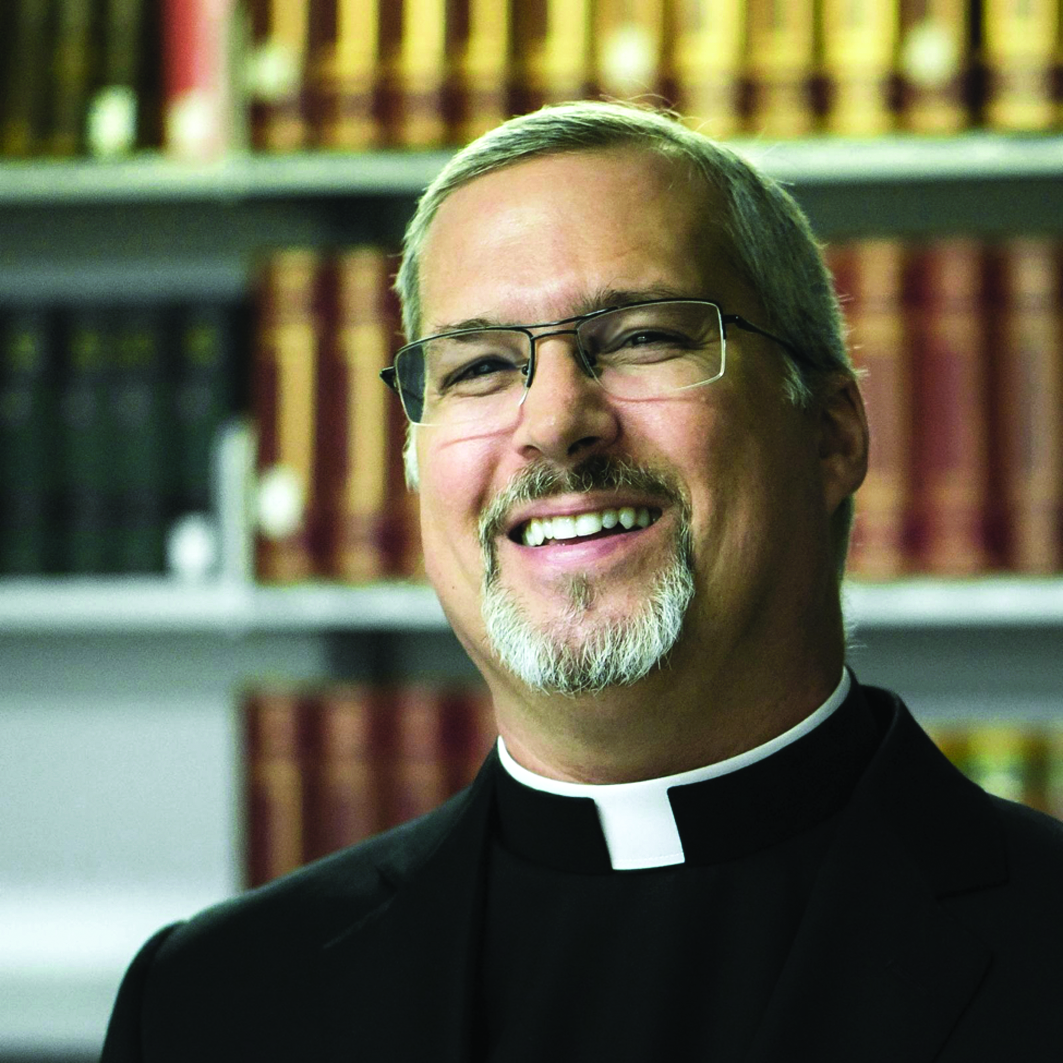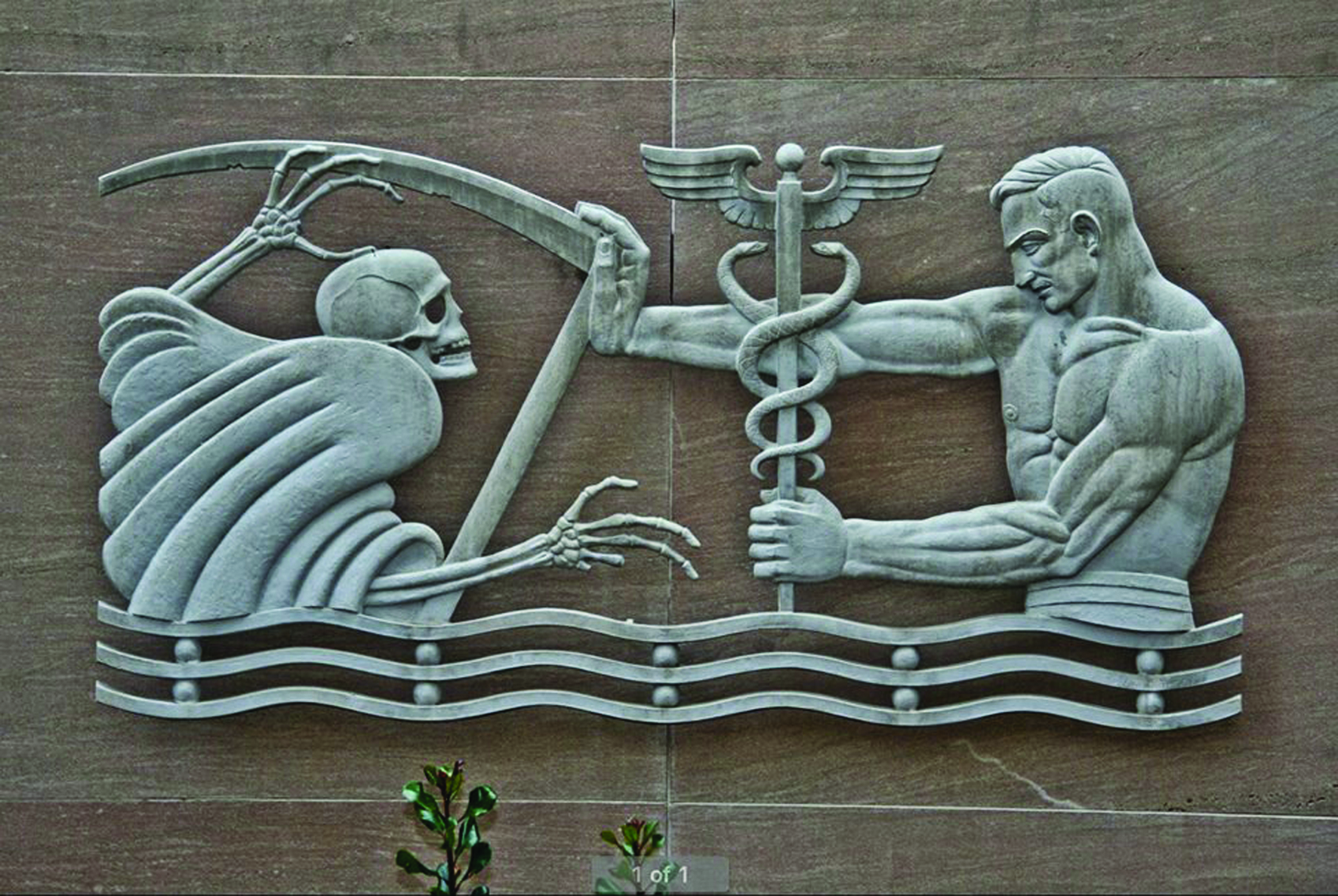In an interview, Monsignor Guido Marini, Master of Papal Ceremonies, reports on Benedict XVI’s journey to Benin in West Africa
What are your general impressions of the Pope’s journey to Benin?
Monsignor Guido Marini: I think it was a very beautiful journey and, as far as one can see from without, a successful journey in pastoral terms. The Holy Father received a warm reception from the local population, which is not only typical of African culture, but also the expression of intense faith.
The program also contributed to the success of the Pope’s visit. It featured events of great significance. Apart from the Sunday Mass attended by a large crowd of people, I’m thinking of events like the meetings with children and seminarians and the solemn ceremony during which the apostolic exhortation Africae munus was signed in the basilica of Ouidah.
What does the preparation of an apostolic journey to Africa imply as far as the liturgy is concerned?
Marini: I wouldn’t say that there are particularly big differences from the preparing of any other journey. Rather, I would like to stress the extraordinary likableness of the African people and their readiness to cooperate generously for the best success of the journey, even from a liturgical point of view. An extremely relevant element which I noticed was their wholehearted and unconditional acceptance of the Universality of the Church in all respects, the liturgy included. This is what I had already experienced in Cameroon and Angola and found again in Benin.
The “inculturation” of the Gospel message is a concept that often arises when it comes to Africa, and also Asia. Is there also any possibility for an “inculturation” of the liturgy?
Marini: What I said during the Pope’s 2009 journey to Africa also applies to the present. In my opinion, when it comes to the inculturation of the liturgy, we must, first of all, take into account the liturgy itself, in its truest and innermost dimension, i.e., the celebration of the mystery of the Lord, of his death and resurrection for our redemption; it is the prayer of the Church in which we participate to the extent to which we adhere to the mystery celebrated. When features of different cultures are put to the service of this celebration, they can find room and expression in the liturgy. They must not alter or misrepresent it, because the liturgy is a gift granted to the Church and the Church must live it in accordance with her tradition, which no one can modify arbitrarily; yet each culture can express and enrich tradition in its own way, a way in which universality and individuality are balanced and harmonized.
We must also remember that not all cultural expressions are compatible with the Catholic liturgy: education and purification are sometimes needed. This is, on the other hand, the journey that each culture must make when it finds the Gospel on its way; each culture is healed and purified by the Gospel and enabled to give the Gospel a new expression reflecting a particular historic moment.
In this connection, the Holy Father prefers to talk of “intercultural dialogue” rather than inculturation. It is a thought which he expressed during the flight from Rome to Cotonou, answering the journalists’ questions. On that occasion, he also stressed that real participation in the liturgy does not take place at an emotional or sentimental level, but involves adhesion to the mystery of Christ.







Facebook Comments